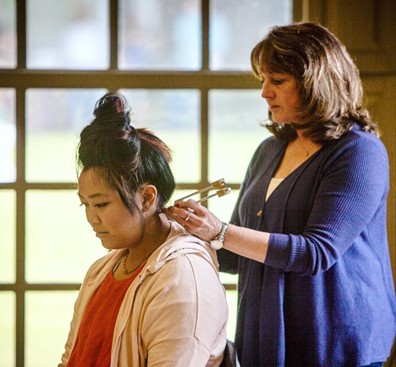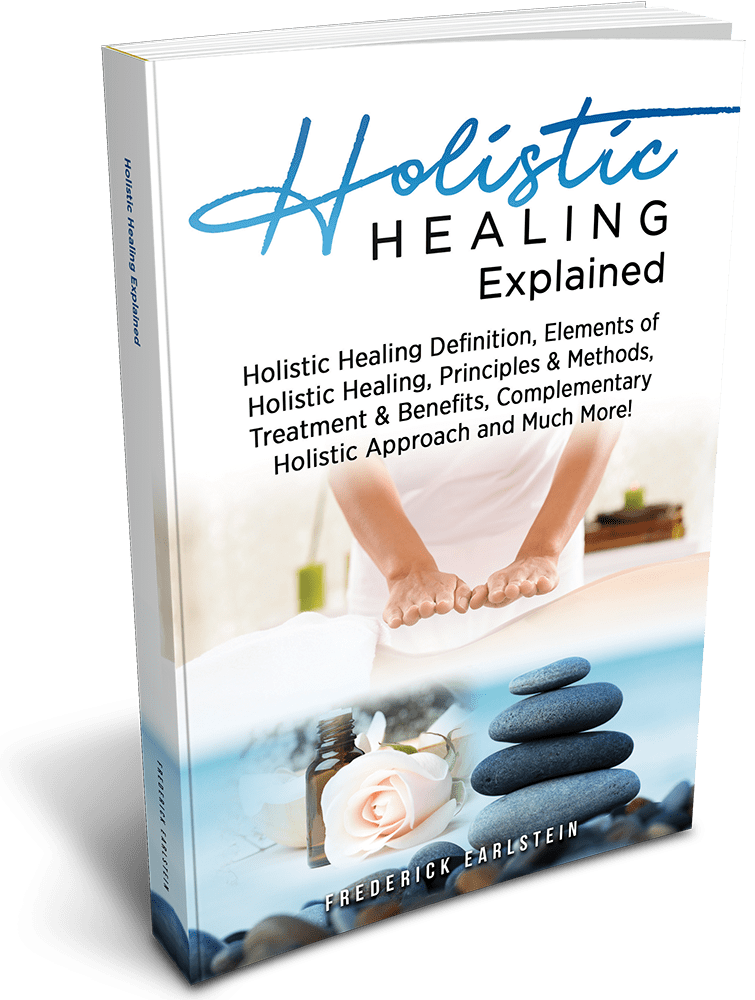CHAPTERS
Navigate to chapter
► Chapter One: Holistic Health and Healing Defined
► Chapter Two: Principles of Holistic Healing
► Chapter Three: A Simple Guide to Holistic Health and Healing
► Chapter Four: Benefits of Holistic Healing
► Chapter Five: Methods of Holistic Healing
► Chapter Six: Holistic Healing in Action
► Chapter Seven: Holistic Healing for Emotional and Psychological Problems
► Chapter Eight: Holistic Healing for Everyday Life
► Chapter Nine: Why People Use Holistic Healing Practices
► Chapter Ten: Choosing a Holistic Provider
Chapter Two: Principles of Holistic Healing

The ultimate goal of holistic healing is to restore your health holistically. This means you will strive to bring balance back into your life so that your true self can live fully. Over time, using holistic healing methods, you will be able to discard physical, mental, emotional and social toxins that are affecting you negatively. You will be able to replenish and nourish yourself with the essential healthy and positive things you need in the present and for your future.
Again, it is important to reiterate that there is no one-size-fits-all approach to holistic healing. Two individuals can have the same illness and get diverse treatment plans. Their stress levels, lifestyle, symptoms, mental history and other determinants are key factors to the healing approach.
There are many different kinds of holistic wellness plans: alternative therapies, modern medicine, surgeries and other medical techniques may be coupled with practices such as emotional healing methods, meditation, yoga and nutrition plans in order to have a holistic approach. Some people can achieve quick results while others can take a longer time before they even get a positive shift. It varies for everyone.
When individuals decide on the holistic healing approach, it can be because they are suffering a physical ailment or they have mental issues. They can be searching for ways to naturally cure their conditions. They may be disillusioned with the present techniques being used on them medically. Whatever the reason, it is important to keep these principles in mind when a holistic approach is being considered:
1. The patient is a person, not an illness.
This is the most important principle of holistic healing—treating the patient as a whole person. The Academy of Integrative Health and Medicine notes that holistic healing should comprise of safe and proper methods of diagnosing and treating patients to include the comprehensive study of all areas—physical, emotional, mental, spiritual, environmental, financial and social elements. While yes, there is an imbalance, the patient is not a specimen to be studied, nor a symptom to be addressed. He or she should be educated and encouraged to participate in the healing process.
2. The chief goal is optimal health.
Holistic healing is not just about treating the symptoms but achieving long-term health. The approach aims to achieve and sustain the perfect balance of all the elements of health. Even as it can incorporate mainstream treatments, holistic healing emphasizes natural healing so prescription drugs and surgery is not the first line of defense.
3. The cause should be addressed.
Holistic healing is not about treating the symptoms but attacking the root cause and cutting it off. Often, the main cause of the sickness or condition is not easily recognizable. For instance, a person suffering from a heart disease may think that it is because of his poor diet or because he does not exercise enough. But when studied closely, the heart disease can be caused by bitterness that causes toxicity to the body and damages the blood vessels. Brokenness can cause physical manifestations. If the root cause is not addressed, treating the symptoms will be superficial.
4. The whole person must be nurtured.
You are not just the um of your parts. You are made up of complexly connected cells, processes and systems. It is important that the whole person be taken care of and not just the parts that are ill-eased. Like the example of a person holding bitterness (emotional), the other parts (physical, mental, social, etc.) are also affected and stressed. When the whole person is nurtured and restored to recovery, the other parts will follow suit.
As much as you have the time, it is important to explore different natural options that will help you in your healing process towards mental and physical health before you turn to invasive procedures such as surgery or unnatural medicine. As you let your whole person be nurtured naturally, unhealthy parts will recover as the whole person is restored. Needless to say, when you have a medical emergency, you should immediately go to the hospital.
5. There is healing power in love.
Holistic practitioners believe that the approach is never without love and care. By treating the patients with kindness and gentleness, holistic practitioners are generating a powerful force that helps bring balance
6. Prevention is as important as holistic treatment.
A principle of holistic healing is the focus on deterrence. Like the old adage prevention is better than cure, the holistic approach works on making your “whole self” healthy so that treatment won’t have to be necessary. Sickness and diseases thrive on unhealthy bodies and minds. These can be prevented.
7. People have an innate healing power.
The body is made to heal itself and to protect itself from diseases. When patients are encouraged to sustain optimal health through holistic approach, their minds are empowered to produce a positive effect on their physical bodies. While every case varies and every patient is distinctive, holistic health focuses on this uniqueness and not on the specific illness alone. When there is a focus on empowerment and relationships, the values are imputed on the healing process and promote the individual’s autonomy over their condition. They do not become the problem, but the solution instead. Therein lies the power of holistic healing.
Continue Reading…
Want to read the entire thing?

